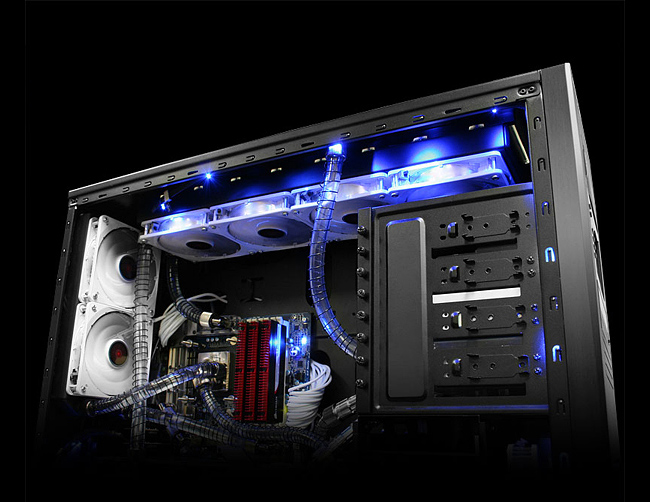
How to build a gaming PC easily starts first with doing some research on the budget, parts, methods, compatibilities, quality and workability with games. Those with no prior experience in this will be best advised to take the help of a friend with knowledge on these. Selection of parts and handling should go with more care so that the gain you get in this is not lost by breakages or time over-run.
Selection guide:
For gaming computers, the parts should be of high quality and high capacity so that they meet the requirements of modern games. Markets have some leading companies supplying these; browsing through reviews, user manuals and consultation with friends in the field will help a lot in deciding on the company making How To Build A Gaming PC easy; once a company’s main components are chosen, the other parts are also to be preferably of the same company for ensuring perfect compatibilities.
 Processor and motherboard:
Processor and motherboard:
Choice of X 58 and i7 980 X Processor and a motherboard like ASUS, MSI, EVGA or Gigabyte board will make an ideal combination ensuring compatibility.
How to build a gaming PC with RAM:
This has bearing on the number of gigabytes and the speed. For a 64- bit Operating system which is your preference, 6GB or 8GB will be the best choice for optimum performance. When DDR3 is chosen, you can go even beyond 2133 MHz, matching with the mother board’s memory bus speed for avoiding any stuck up later.
Other attributes for RAM consideration are its CAS latency which is the time taken for processing information, and RAM channels. For all these, CAS 2.5 Latency along with triple channel and 6GB of DDR3 1600 is considered the best choice.
GPUs Graphics processor units (for visual appearance):
• These are the heart for gaming PCs and hence check up the card’s version to work with a game’s level. For example, games with Direct X 11 features can not be played using cards supporting only upto 9 or 10. So a card like HD S5970 is to be chosen.
• Dual graphics cards, a common feature in gaming PCs, and SLI and CrossFireX formats are superfluous and expensive, and hence, managing with one single good quality card will meet your need. However, a motherboard with three or more slots where you can stagger two cards to avoid over- heating, will be quite ideal for meeting extreme conditions.
The Hard drive:
Many standard companies offer hard drives with different speeds; but, for your build up, a pair of hard drives like 600 GB Digital VelociRaptors with speed of 10,000 RPMs will serve the purpose.
Optical drives:
Going by Blu-rays trend, you can opt for 10X Blu-ray RW, DVD+/- RW combo drives. Then adding tower for concealing cables and for accomodating future upgrades is your optional thing.
Power supply:
Power supply unit capacity, generally around 750 watts will be sufficient to power your PC, monitor and other normal attachments; if however, for further additions such as liquid cooling and cathode lights increased capacity will be necessary.
General:
And then, connecting a good mouse and keyboard marks end of learning “how to build a gaming PC” process. As you put on power, the PC starts working and you’re enjoying the games of your choice. And you are now a proud, satisfied person of having built the PC yourself at less cost.
Comments
Post a Comment